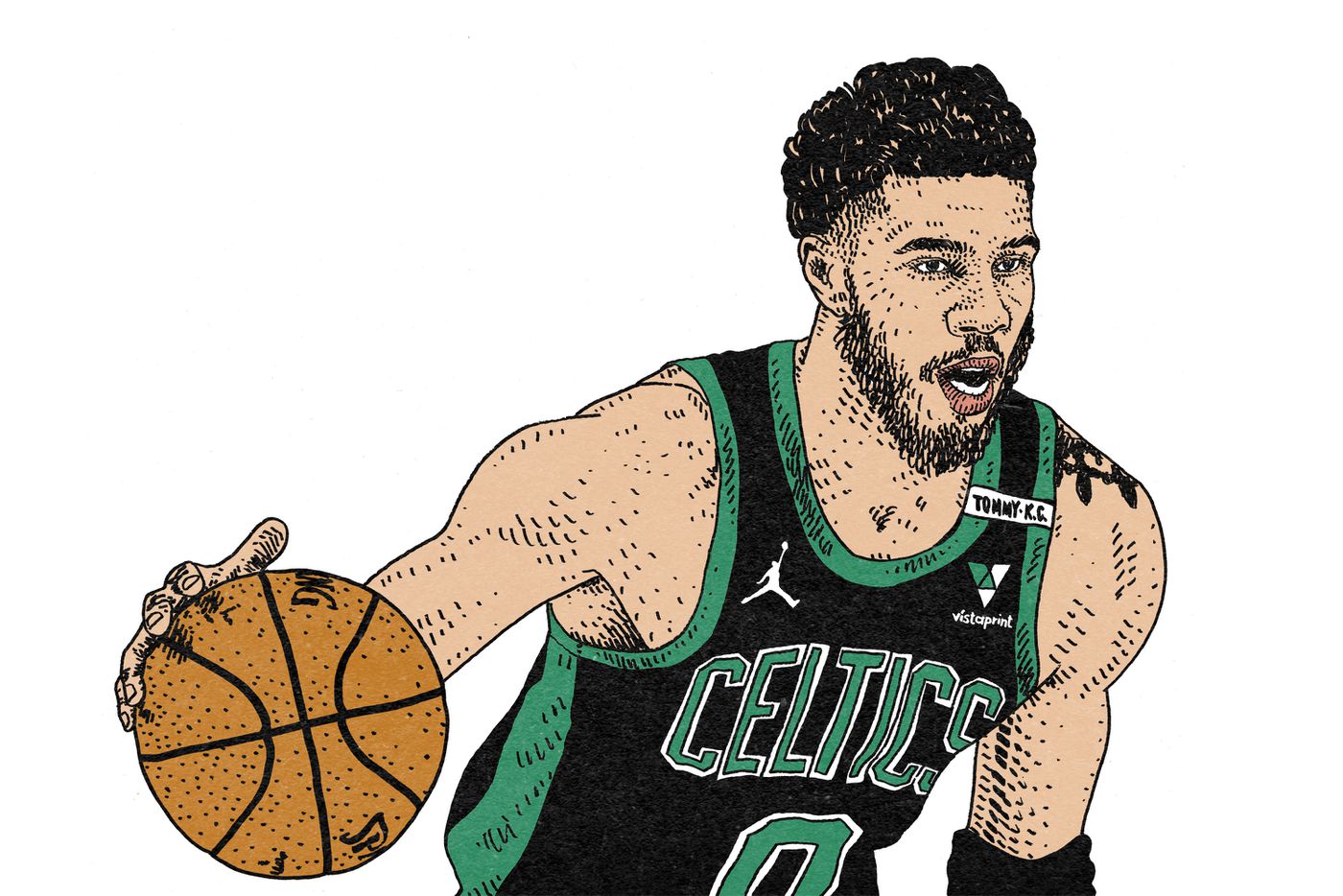As spectators, we think we understand the stress and pressure of a basketball game. Our favourite team is playing, we’ve followed them all season, and we may have even placed over under bets on the outcome of every game. Yet do you actually know what the players go through? To them, it’s not just another game. It’s a passion, a dream, a job – and everything may be on the line.
To attain a favourable success rate, every level and range of sport necessitates proper and effective administration. All athletes aim for excellence, and they’ll encounter pressures along the route, such as strained relationships between coaches and athletes, injuries, challenging opponents, and media attention.
Pressures Professional Basketball Players Face
Pursuing excellence comes with a set of challenges that all athletes must overcome as part of their daily routine in order to succeed. When an athlete fails to conquer or face a challenge, their standard is dropped, and they’re exposed to the well-studied phenomena of ‘choking under pressure,’ which is a commonly dreaded occurrence.
Understanding the many types of pressures that athletes endure in sports falls under the subject of mental toughness, which has been extensively investigated by multiple publications and psychologists but is still poorly understood.
Injuries
Injuries are the most prevalent cause of stress in sports, ranging from spraining an ankle to ripping a ligament or shattering a bone. There has been a rise in the number of significant injuries affecting athletes, and regardless of the severity of the injury, it can be tough for an athlete to know they’ll be out for a period of time.
Athletes are apprehensive about re-injuring themselves or not being able to perform at the same level as before the injury after a lengthy rehabilitation period. Although athletes may be physically fit to return to training and competition, this doesn’t always imply that they’re mentally prepared.
Relationships With Coaches
A problematic relationship between coaches and athletes may develop as a result of the stress of playing at a high level. It’s critical to maintain a positive connection since it helps both the coach and the athlete concentrate on their performances and the broader task at hand. Although involvement in sports may be motivated by intrinsic or extrinsic motives, all athletes demonstrate enthusiasm for the activity; otherwise, they wouldn’t devote as much time, effort, or money to it.
Disagreements between players and coaches have a detrimental impact on the players’ motivation, commitment, and overall performance. Better connections provide a more comfortable and calm environment, which helps professional athletes and management relax and automate their operations.
Media
Whether an athlete is performing at a standard level, better than expected, or lower than expected, the media will scrutinize them. They’ll be studied and criticized by anybody watching. The media has a significant effect on how spectators see players and how players perceive themselves. Professional sports are depicted in the media in several ways.
This component is critical because, if media is filtered correctly, it can prevent gamers from engaging in “unhealthy enjoyment.” By properly utilizing the media, all events’ publicity may be spread internationally, increasing the number of people who attend the event, watch it on television, or see it online.
The Effects of Pressure
Pressure is something that every professional basketball player is aware of. Small flutters in the stomach. A minor tremor in the legs. It might even be a chest tightness. You make an effort to ignore it. You try to shut it out, but it’s still there, and it’s not going away.
Although it isn’t a heart attack, it may feel like one. It’s not food poisoning, but it has a similar effect. This stress in muscles and thoughts is due to only one thing: pressure. Every stressor is unique, and depending on the scenario, each might affect an athlete differently. Some players are capable of handling them, while others aren’t.
